Your hair isn’t just hair—it’s a personality, a science experiment, and a weather report all rolled into one.
Some strands frizz at the first sign of clouds.
Others rebel against straighteners like it’s their full-time job.
Why? Texture.
It controls everything: how your curls form, how your volume holds, and whether or not that new product does anything at all.
Most of us are out here fighting our hair when we could be working with it—if only we understood what it’s made of.
This isn’t a boring biology lesson.
It’s a crash course in the quirks, surprises, and hidden powers of your hair texture.
Once you know these 15 facts, you’ll never reach for the wrong brush or product again.
The Science of Hair Texture
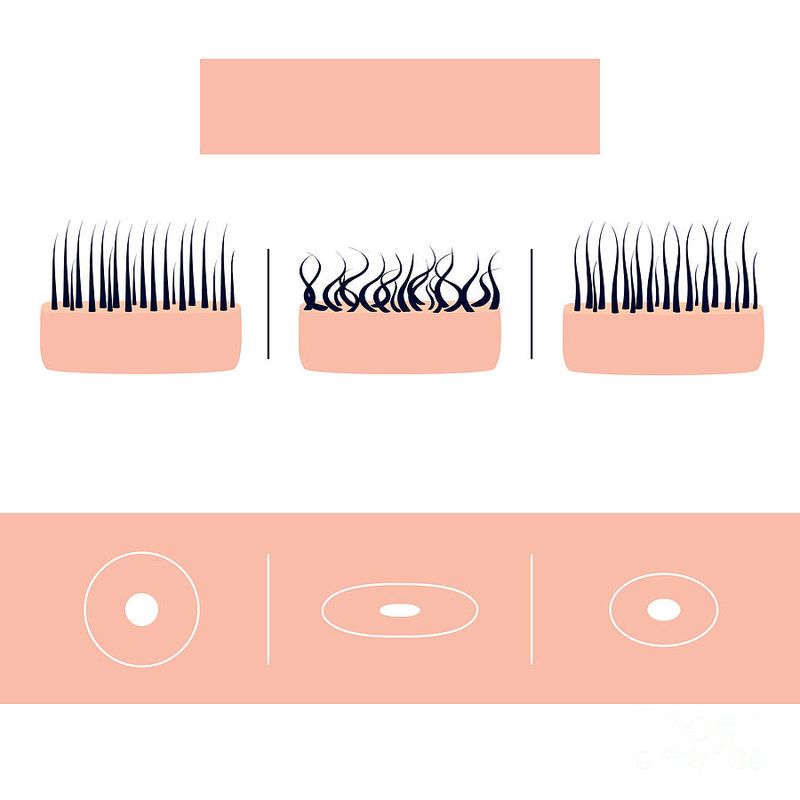
Hair texture is not just about curls or straightness; it is a complex interplay of genetics and environment.
With each strand’s unique structure consisting of the cuticle, cortex, and medulla, texture is primarily determined by the shape of the hair follicle.
Round follicles produce straight hair, while oval follicles lead to curly locks. Understanding this can help tailor your hair care routine.
Role of Humidity

Humidity can play havoc with your hair. In humid conditions, the hydrogen bonds in your hair break, causing hair to swell and frizz.
Curly hair is especially prone to this, as its structure creates more opportunities for moisture to disrupt its natural pattern.
Using anti-humidity sprays or serums can help manage this.
Heat Styling Impact
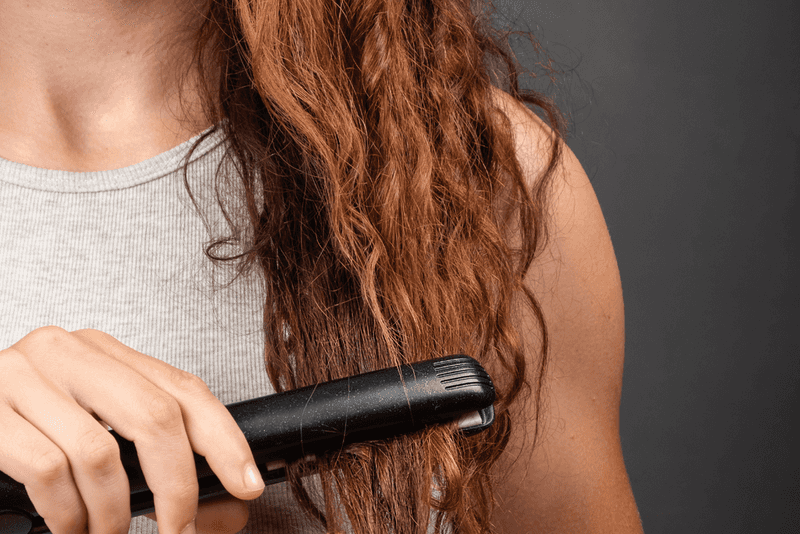
Heat styling tools can dramatically alter hair texture. Frequent use of flat irons, curling wands, or blow dryers can weaken the hair shaft and lead to damage.
Employing a heat protectant spray can mitigate some of this damage. It’s essential to limit heat exposure to preserve hair’s natural luster and health.
Genetic Influence

Genetics play a pivotal role in determining your hair texture. From straight to wavy or curly, the genes you inherit from your parents set the foundation.
This genetic blueprint can also dictate how your hair reacts to styling products and environmental factors. Embracing your natural texture can simplify your hair care routine.
Products for Texture Enhancement
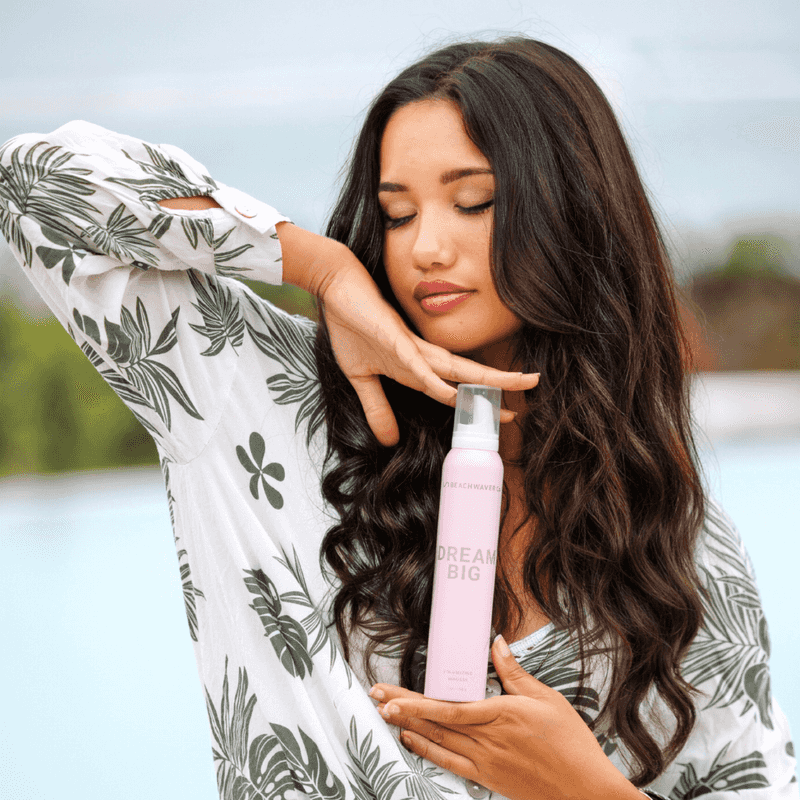
Choosing the right products can enhance your natural hair texture. Mousses and gels can define curls, while volumizing sprays give life to flat hair.
Tailoring your hair care products to your specific texture needs can improve manageability and overall appearance. Experimenting with different formulas can yield surprising results.
The Role of Diet
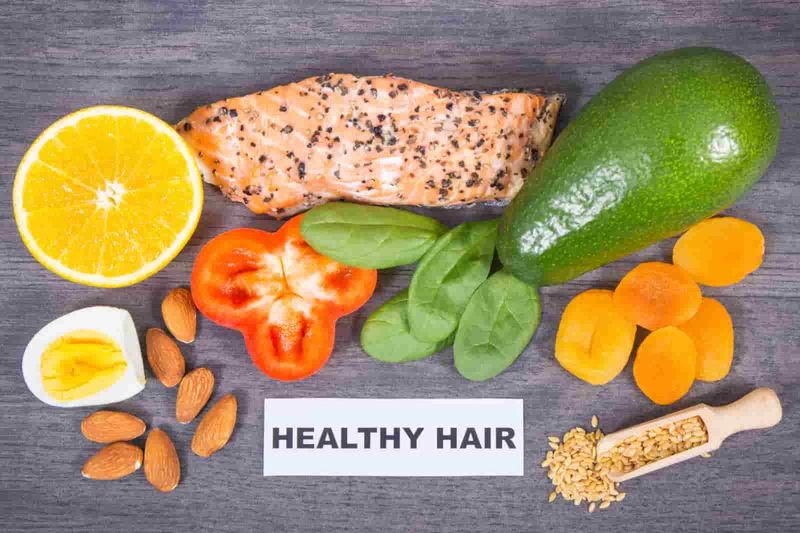
Your diet profoundly affects hair texture and quality. Nutrients like omega-3 fatty acids, vitamins, and minerals contribute to the strength and sheen of hair.
Incorporating foods like fish, nuts, and leafy greens can improve hair health from the inside out. A nutritious diet is a cornerstone for vibrant and resilient hair.
The Magic of Oils
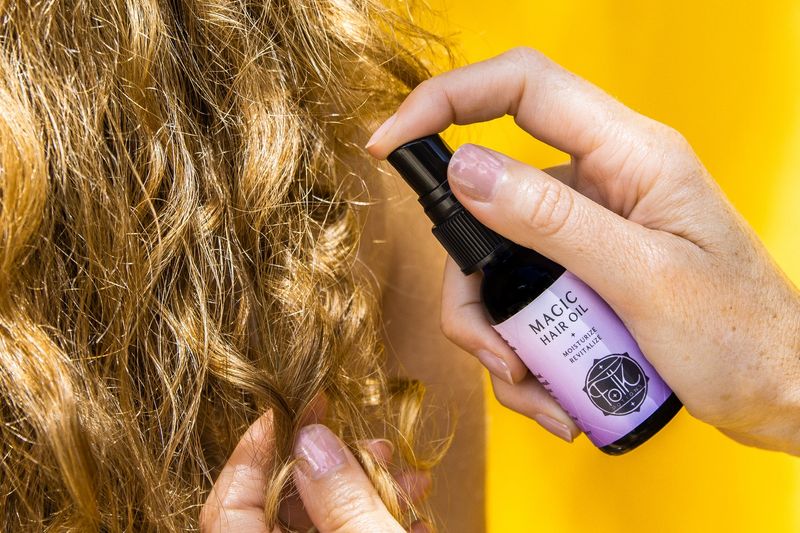
Natural oils are transformative for hair care. Argan oil, for instance, nourishes and adds shine, while coconut oil penetrates deep to strengthen.
Jojoba oil, mimicking scalp’s sebum, is excellent for balancing moisture. Integrating these oils into your routine can soften, protect, and enhance hair’s natural texture.
Haircuts that Complement Texture

Selecting a haircut that complements your hair’s natural texture can make styling easier. Layers can add volume to fine hair, while strategic cuts can tame thick curls.
Consulting with a stylist who understands your texture can result in a cut that enhances your hair’s natural movement and personality.
Transitioning from Chemical Treatments

Transitioning away from chemical treatments like relaxers or perms can be challenging. Patience is key as new growth reveals natural texture.
Protective styles can help manage the transition. Embracing natural hair is a journey of rediscovery, leading to healthier hair and greater confidence in your authentic self.
Environmental Effects

Environmental factors like wind, sun, and pollution significantly impact hair texture. UV rays can weaken hair bonds, making it brittle, while pollution can lead to dullness.
Using protective sprays and wearing hats can shield your hair from these elements. Understanding environmental impacts can guide your hair care strategy.
Stress and Hair Texture

Stress can manifest in your hair, affecting its texture and growth. Cortisol, the stress hormone, can lead to hair thinning and brittle strands.
Incorporating relaxation techniques like meditation or yoga into your routine can mitigate these effects. Stress management is essential for maintaining healthy hair texture and preventing damage.
Aging and Hair Texture
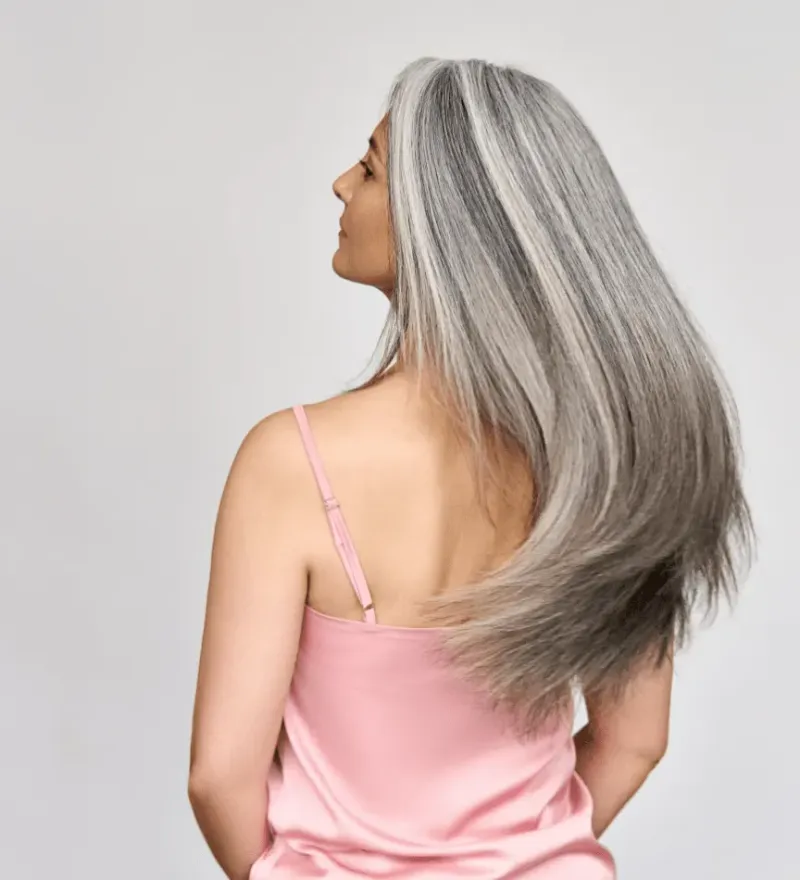
As we age, hair texture can change, becoming finer or coarser. Grey hair often has a different texture, requiring specific care.
Using moisturizing shampoos and conditioners can help manage these changes. Embracing the texture shifts that come with aging can lead to a more refined hair care approach.
DIY Hair Treatments
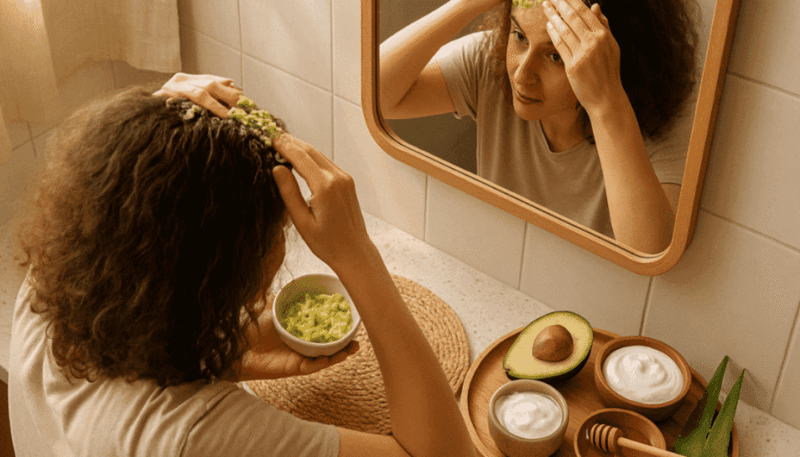
DIY hair treatments can enhance texture naturally. Ingredients like avocado, honey, and yogurt can nourish and strengthen hair.
Creating personalized masks at home allows control over the ingredients, ensuring they’re free from harsh chemicals. These treatments offer a natural boost to texture and shine.
Embracing Natural Texture
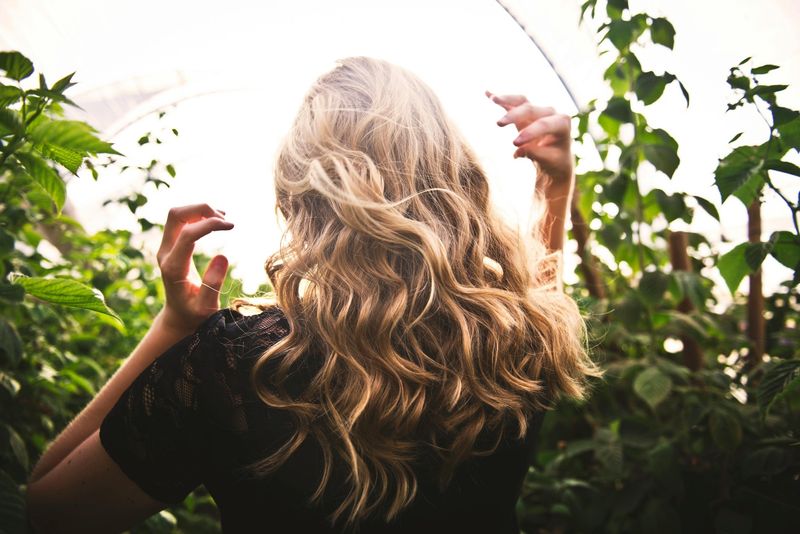
Embracing your natural hair texture is a powerful statement of self-acceptance.
It involves understanding and working with your hair’s innate characteristics rather than against them.
Utilizing products and techniques that enhance your natural texture can lead to a more harmonious and unique style journey.
Global Hair Texture Diversity
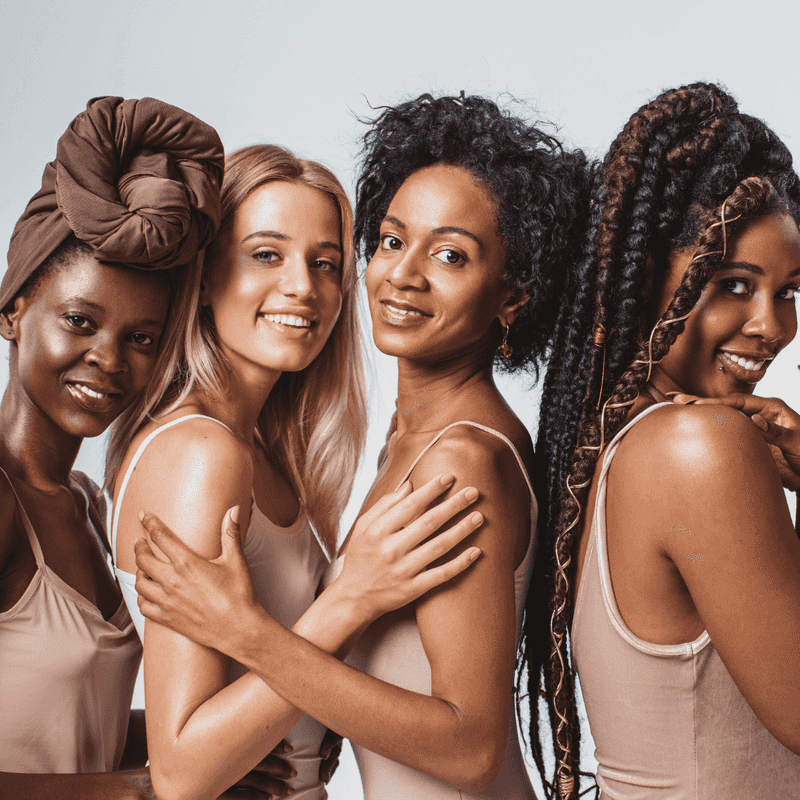
Hair texture diversity is a global phenomenon, reflecting a rich array of genetic backgrounds.
From the tight coils of African hair to the sleek strands of Asian hair, each texture tells a story.
Celebrating this diversity fosters inclusion and understanding within the beauty industry. It encourages the appreciation of all hair types.
